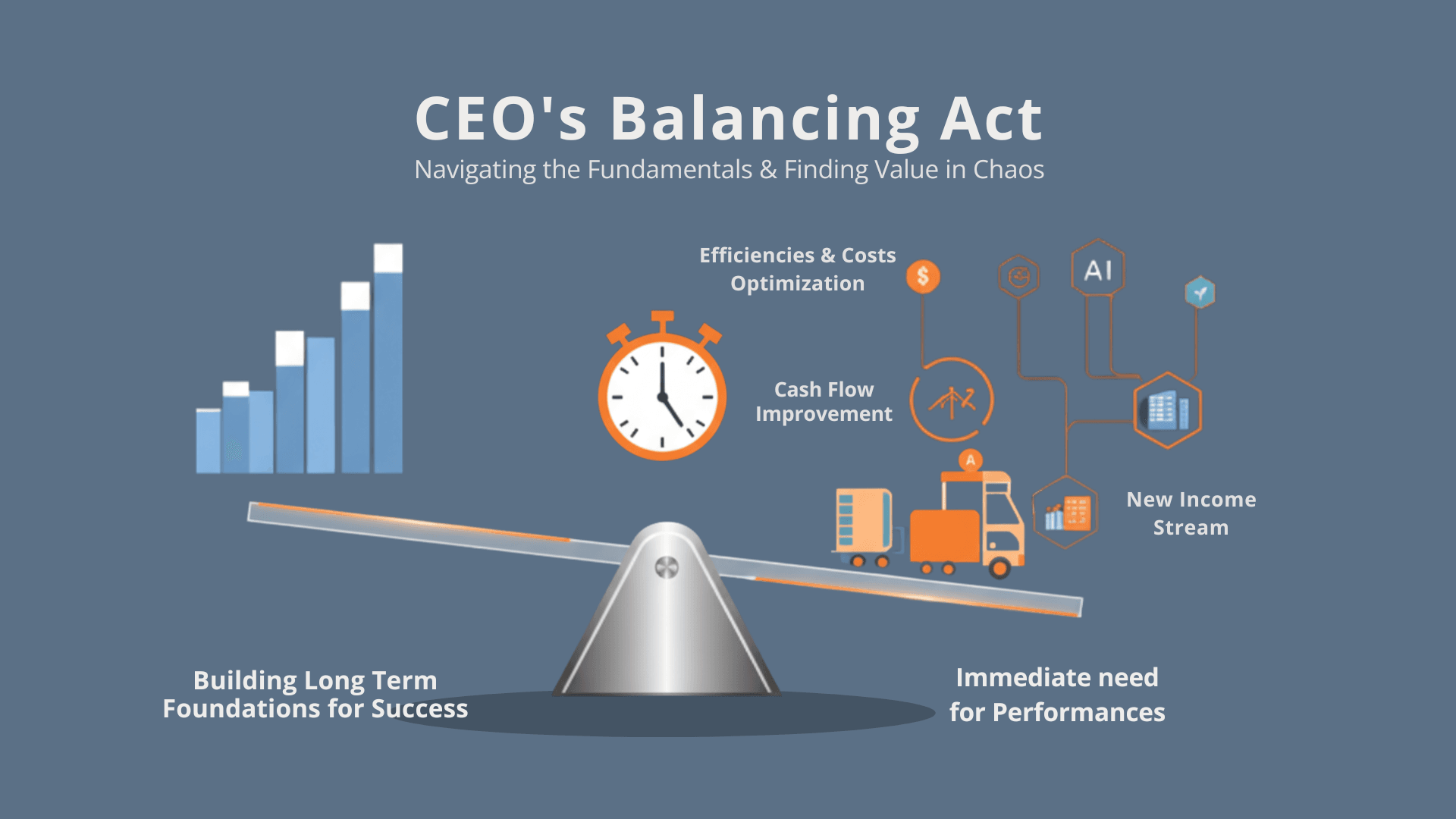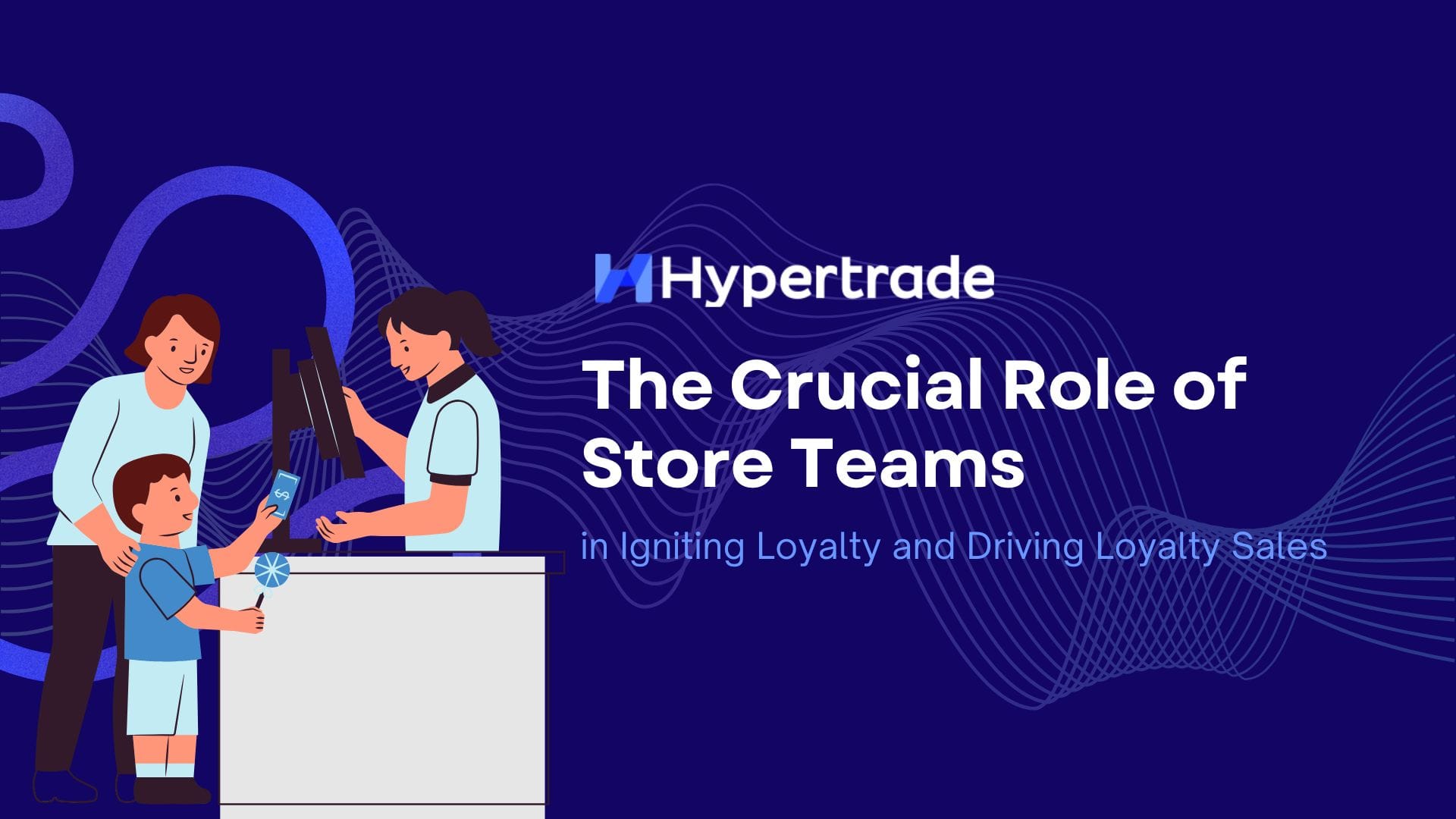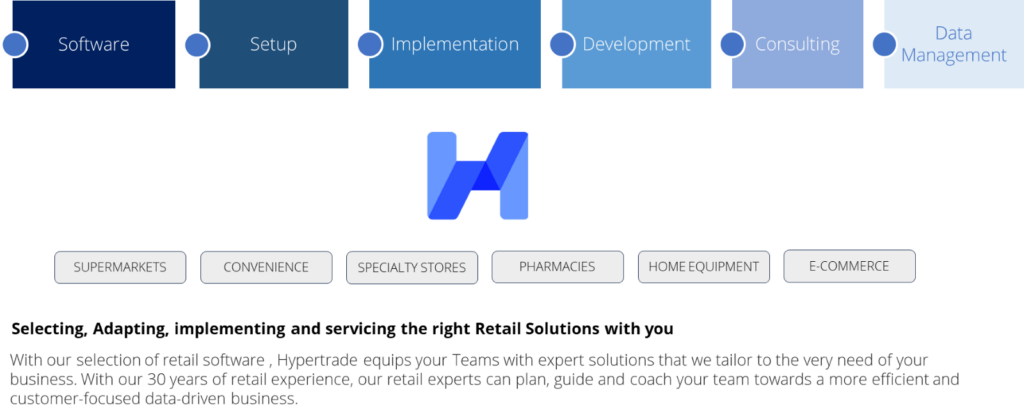Why do we need the Category Performance Analysis?
Category performance analysis is the process of reviewing and analyzing a specific product category to understand its performance and identify opportunities for improvement.
Here are a few reasons why category reviews are important:
- To understand the category’s market position: By reviewing the category’s market share, customer base, and competitors, businesses can get a better understanding of their position in the market.
- To identify opportunities for growth: Category review can help businesses identify areas for growth and development within a specific product category.
- To inform strategic decision-making: By understanding the category’s strengths and weaknesses, businesses can make more informed decisions about their marketing, sales, and product development strategies.
- To measure category performance: Category reviews can help businesses track the performance of a specific product category over time and identify areas of improvement.
- To improve customer satisfaction: By reviewing customer feedback and data on customer behaviour, businesses can identify opportunities to improve the customer experience and increase satisfaction.
Overall, category review is an important tool for businesses to use to optimize their performance in a specific product category and achieve their business objectives.
1. Define the Scope of the Analysis
This is a critical step that needs to be specified and agreed upon with the stakeholders before running the analysis, as it can bring different insights and action plans. Here are a few steps for defining the scope of a category performance analysis:

- Determine the specific product category that will be analyzed, such as consumer electronics, sporting goods, or home appliances. The definition of the category will be different in each company and of course, in each Retailer account. Therefore, make it clear which definition you are using for the whole analysis.
- Determine the time frame: Decide on the time frame for the analysis, such as the past year or the past five years.
- Define the geographic Scope: Consider whether the analysis will focus on a specific Retailer Account or will be conducted globally.
- Identify the target audience: Determine the specific audience for the analysis, such as consumers, retailers, or distributors.
- Define the business objectives: Consider the business objectives that the analysis will help to achieve, such as increasing market share or improving profitability.
Overall, defining the scope of the category performance analysis involves determining the specific product category, time frame, geographic scope, target audience, and business objectives that the analysis will focus on. This helps to ensure that the analysis is relevant and useful for achieving the business’s objectives.
2. Gather Data
At the end of the analysis, we would like to develop an action plan to grow sales, gain market share and satisfy our Shoppers. Here is the data set that you might need to gather for your analysis

- Performance: Sales and Market Share
There are 2 types of sales
- Sell Out is the number of products sold from the retailer to the end customers
- Sell In is the number of products the manufacturer sells to the retailer,
As the category performance analysis reflects the Shopper behaviour and trend, so Sell Out will be more appropriate to use in the analysis.
The company’s goal is to grow higher than the others.
Market Share Loss or Gain could also reflect that result.
😊 My brand grows higher than others > I gain market share
☹ My brand grows lower than others > l lost market share
- Range and Distribution:
Number of SKUs: Your SKUs and your competitor’s SKUs.
Count every item in the Shopper View. For example,
- Orange Flavor 8 g in Single pack
- Orange Flavor 8 g pack 6
- Orange Flavor 8 g pack 24
All these 3 SKUs might be only one SKU for you, but it is 3 SKUs for Shoppers. And each pack type serves a different shopping mission. So you should count it as 3 SKUs.
New Item List
- List of the New Items available in the market
- It is to measure the performance to identify our potential new items
Distribution of each SKU
- Numeric distribution is the number of stores that carry a particular product. This type of distribution focuses on the number of stores that carry a product, regardless of each store’s size or sales potential.
- Weighted distribution takes into account not only the number of stores that carry a particular product but also the importance of each store. It measures how many of the high-performing stores carry the product or service. For example, if a company distributes its product to 100 stores, and 20 of them generating sales 80% of total business, the store-weighted distribution would be 80% instead of 20%
- In summary, numeric store distribution is the number of stores carrying a product or service. In contrast, store-weighted distribution is the proportion of high-performing stores that carry a product or service.
Shelf Space Allocation of each SKU: Your brands and Competitors
- Count the number of display facing by SKUs
- Count all brand’s shelf space
- Availability
- Stock Days
- Service Level
- Promotion
Financial data: This includes information on the financial performance of the category, such as revenue, profits, and expenses. It also includes information on the financial performance of specific competitors within the category.
Customer data: This includes information on the demographics, psychographics, and behaviour of customers within the category. This could include data on age, gender, income, education, location and so on.
Industry data: This includes information on the overall size and growth of the market, as well as information on trends, drivers, and challenges within the industry.
Social Media data: If the category is a consumer good and has a presence online it’s important to gather data from social media analytics and feedbacks on the product or service.
Other External data: it could be economic, political, legal and other external factors which could affect the category.
It’s important to gather data from a variety of sources in order to ensure that the analysis is comprehensive and accurate. Additionally, data should be as recent as possible, to ensure that the findings are relevant and up-to-date.
The most popular measurement is the growth-share matrix, also known as the Boston Consulting Group (BCG) matrix, which assesses a company’s product portfolio and determines which product or segment should receive the most investment.
The grid is based on the Brand Market Growth Rate and Brand Market Share and is divided into four quadrants. Brand strategy in each quadrant should be different.
- Star: Expand
- Question Mark: Invest or Divest
- Cash Cow: Harvest
- Dog: Divest
The growth-share matrix can help a company prioritize its investment decisions and allocate resources effectively. However, it has some limitations, such as its reliance on market share as a sole measure of a product’s success and its failure to consider other factors that may affect its performanceใ
Customer Analysis: Study the brand’s customer base to understand their demographics, preferences, and behaviors.
3. Opportunity Lost Analysis
Quantifying the number of expected sales would help us know how much we should invest.
There are 2 possible ways.
3.1 Growth opportunity loss
It refers to potential business growth that was not realized due to missed opportunities or poor decision-making. It can be caused by various factors, such as a lack of resources, inadequate planning, or a failure to seize opportunities as they arise.
The calculation is
- My Brands Sales Growth = A
- My Brand Sales Last Year = B
- My Benchmarked Sales Growth = C
Formula = (A-C) x B

3.2 Fair Share Gap
The fair share gap is the difference between a company’s actual market share and its potential market share, also known as its “fair share.” It is typically used to measure a company’s performance in a specific market.
To calculate the fair share gap, you can use the following formula :Fair share gap = Actual market share – Potential market share Potential Market Share can be, for example
- Your company’s market share combining all brands
- Your brand market share on average in many markets
- Your targeted competitor’s market share
4. Competitors Analysis
Competitor analysis studies your brand’s competitors to understand their strengths, weaknesses, and strategies. It is an essential tool for businesses to stay competitive in their market and make informed strategic decisions.
To conduct a competitor analysis, you can follow these steps:
1. Identify your competitors: Who are the main competitors in your market? Next, make a list of all the companies that offer similar products or services.
2. Benchmark your brands vs them in terms of
- Number of SKUs,
- Assortment Variety for different shopper group
- Pricing
- Promotion: Above the line and below the line
- Display at the stores
3. Evaluate their strengths and weaknesses: Identify your competitors’ key strengths and weaknesses,
By conducting a competitor analysis, you can better understand your competitors and their strategies, which can help inform your own business decisions.

5. Brand Perception Analysis
The process of studying how consumers perceive a brand and its products or services. It is to understand their brand’s strengths and weaknesses and identify improvement opportunities.
There are several ways to conduct a brand perception analysis, including:
5.1 Surveys are a common method for collecting data on brand perception. You can use online tools or hire a research firm to conduct a survey and gather data on consumer attitudes and perceptions of the brand.
5.2 Focus Groups involve gathering a small, diverse group of consumers and facilitating a discussion about the brand. This can provide valuable insights into how consumers perceive the brand and its products or services.
5.3 Social Media Analysis: Social media platforms can be a rich source of data on brand perception. By analyzing social media conversations and sentiments, you can understand how consumers feel about the brand.
5.4 Customer Feedback: Customer feedback, such as online reviews or comments on social media, can provide valuable insights into how consumers perceive the brand.
5.5 Brand Tracking Studies: These are long-term studies that track changes in brand perception over time. They can be useful for identifying trends and patterns in consumer attitudes towards the brand.
Last but not least….
If you want to focus only on the action, the category diagnostic could tell you the cause of sales change in a click. The detail SKUs by SKUS will let you fix the problem at the right SKUs for each challenge.

Common Traps to Avoid
Below are the most common traps we have seen happening during a Category Management approach implementation.
- Relying too heavily on subjective opinions
- Failing to consider the competitive landscape
- Ignoring the customer perspective:
- Failing to update the analysis regularly
Success Factors
What a company could help brand manager to successfully implement brand review process.
- Solidify RACI (response, account, consult and inform) of each brand review step
- Schedule the timeframe clearly
- Action Driven Data Analytic Solution, so that team can build the action plan efficiently.
- Arrange the training regular for new comers and refresher training for the existing member







